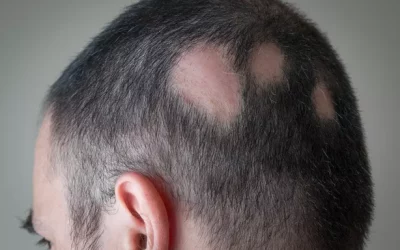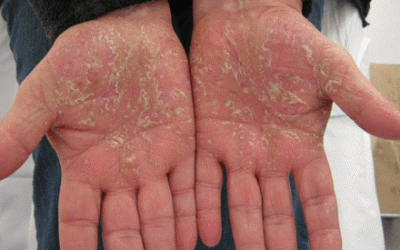Prurigo Nodularis: Causes, Symptoms, and Treatment Options
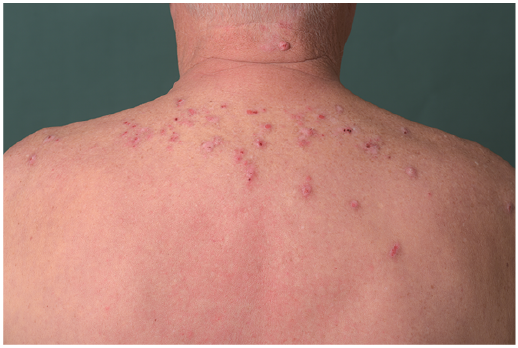
- The disease usually occurs at the age of 40-69 years
- Both women and men are almost equally common
- A more severe form of the disease occurs more often in women
- A large proportion of patients have family members with atopic dermatitis, asthma and other similar diseases
- Nodular pruritus is often associated with other systemic diseases: iron deficiency anemia, cancer, diabetes, chronic kidney disease, HIV infection, or even mental illness.
- The exact causes of the disease are unknown
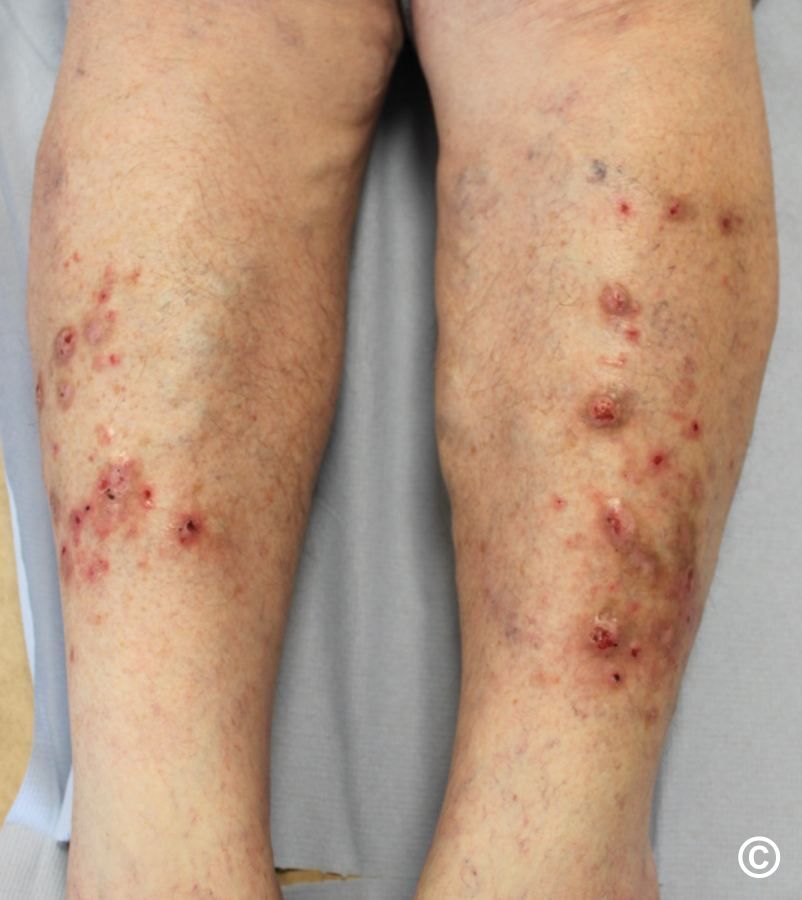
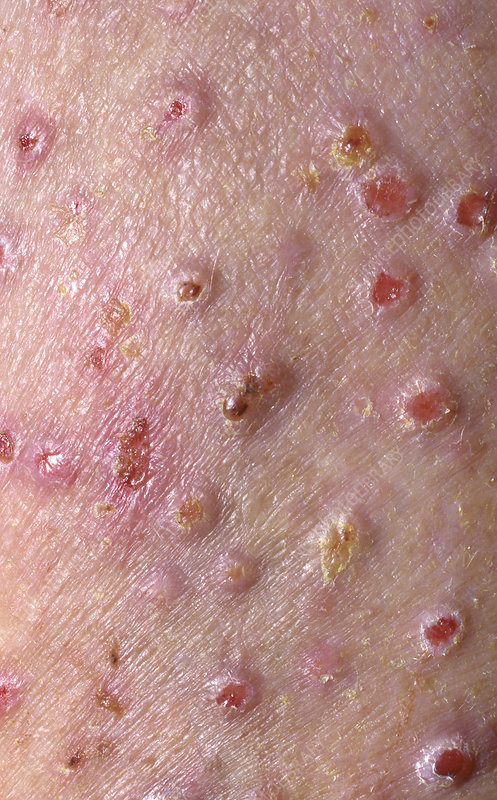


- It is characterized by severe itching (prevents sleep, impairs quality of life). Itching can be aggravated by sweat, tight, irritating clothing, heat and stress.
- Rashes:
-
- characterized by various, several millimeters to several centimeters in size, hard nodules with a raised surface, arranged in groups
- the number of rashes can vary from just a few all over the skin of the body to as many as several hundred
- the color of the rash depends on the patient’s body color
- reddened and smaller nodules may be visible at the beginning of the disease
- scaling and scabbing are characteristic of recently scraped nodules
- the skin between the nodules is dry
- severe scratching can lead to secondary skin infection
- localization: more often in the extensor surfaces of the legs, arms, upper back, abdomen
-
Most of the time, data from the anamnesis and the clinic are sufficient to establish the diagnosis.
In rare cases, when it is difficult to distinguish from other diseases with similar manifestations, a skin biopsy may be necessary.
After confirming the diagnosis of Prurigo nodularis, it is useful to examine for systemic diseases (anemia, liver, kidney, oncological diseases, HIV infection) that may have contributed to the onset of the disease.
Treatment
During the consultation, the best suitable treatment is selected for each patient individually. Nodules do not tend to go away on their own and do not respond easily to treatment, so it is very important to follow the treatment plan prescribed by your doctor.
Treatment in milder forms of the disease can be local (emollients, various ointments, cryotherapy, laser procedures), in other cases – systemic (phototherapy, oral antidepressants, anticonvulsants, retinoids and others) or mixed.

Insect Bites: Symptoms, Treatment, and Prevention Tips
Insect bites can cause itching, swelling, and irritation. Proper treatment helps reduce discomfort and prevent infections. Learn how to identify insect bites, manage symptoms, and protect your skin from future bites.
Focal alopecia
Focal alopecia causes patchy hair loss, often resulting in bald spots on the scalp. Early treatment is key to managing the condition and promoting hair regrowth, helping to restore both hair and confidence.
Palmoplantar pustulosis
Palmoplantar pustulosis is a chronic skin condition that causes painful pustules on the palms and soles. Effective treatment focuses on managing flare-ups, reducing discomfort, and improving skin health through targeted therapies.



